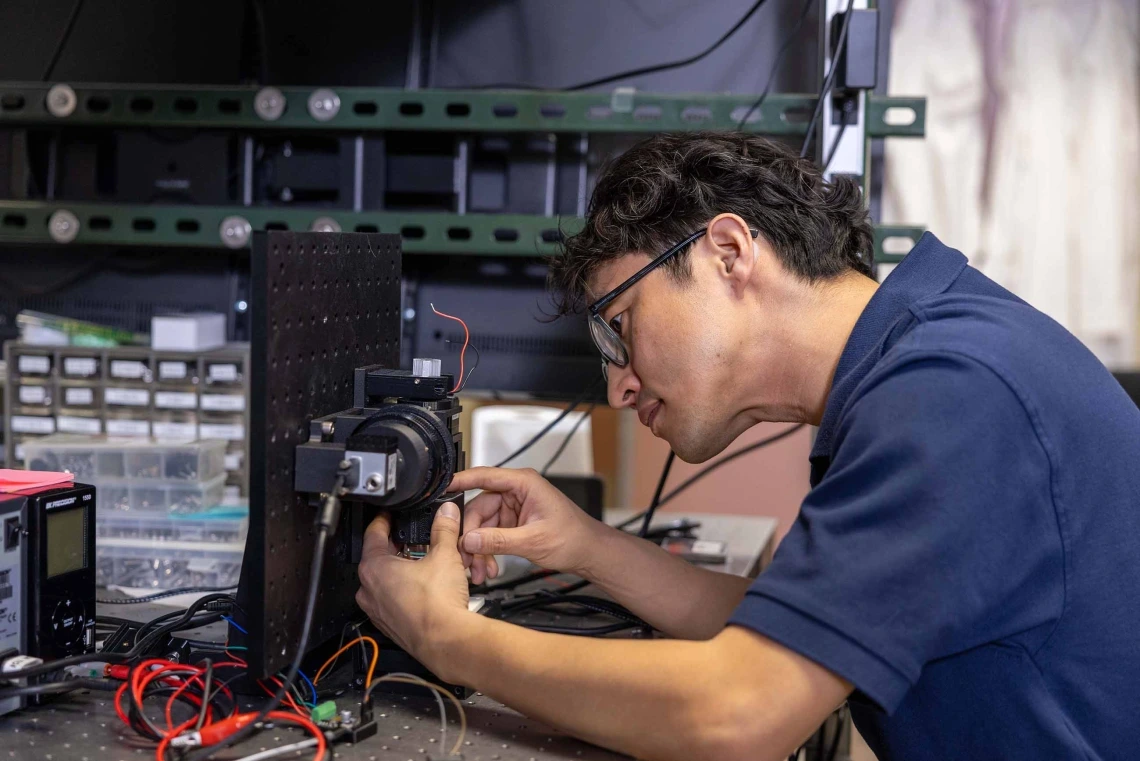$2.4M grant will fund imaging for chemotherapy-induced peripheral neuropathy
U of A Cancer Center researchers hope to image nerve endings and create objective, quantitative biomarkers for CIPN, leading to better treatment and prevention opportunities.

A University of Arizona Comprehensive Cancer Center researcher received a $2.4 million National Cancer Institute grant to develop a noninvasive, confocal microscope to examine nerve endings of cancer patients with chemotherapy-induced peripheral neuropathy in the hopes of identifying potential biomarkers for the disease.
Peripheral neuropathy is a common side effect of certain chemotherapy drugs. Chemotherapy-induced peripheral neuropathy, or CIPN, can be severe and debilitating, often causing physical limitations, including numbness, weakness and pain in the hands and feet of patients, and reduced quality of life.
Patients with CIPN are known to have a reduced number of Meissner corpuscles, which are nerve endings responsible for transmitting the sensations of light touch and low vibration. Dongkyun Kang, PhD, an associate professor of optical sciences at the U of A James C. Wyant College of Optical Sciences, hopes to use confocal microscopy images to find and count Meissner corpuscles, eventually leading to a potential imaging biomarker.
“CIPN symptoms can cause high levels of discomfort and present multiple challenges in the daily lives of cancer patients,” said Kang, who has an additional appointment in the U of A College of Engineering’s Department of Biomedical Engineering and is a member of the BIO5 Institute. “Using this approach, we may be able to identify CIPN earlier to stop symptoms from progressing and possibly prevent the condition altogether.”



